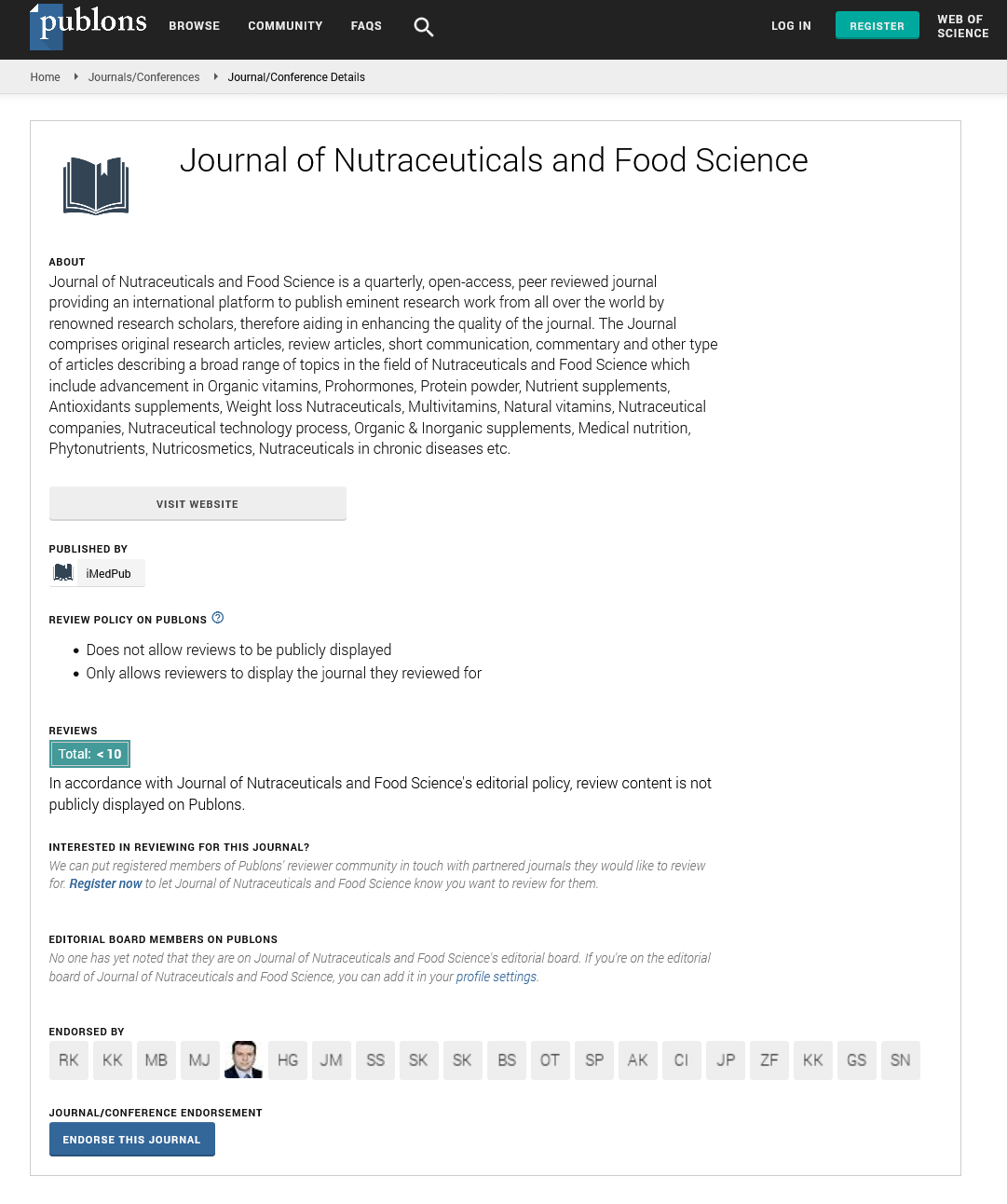Abstract
Productivity Differentials in Rice Production Systems: Evidence from Rice Farmers in Five Agroecological Zones in Nigeria
Rice has increasingly become a major staple food for generality of Nigeriansurban and rural alike. Arising from the supply-demand gap in the Nigeria rice food subsector, local rice production is increasingly being promoted in the country to reduce the dependence on imports, ensure stable and sustainable low-prices, improve rice self-sufficiency and create employment. This paper therefore examines the different rice production systems across five different agroecological zones in Nigeria with a view to evolving most economical strategies to improving rice productivity in Nigeria. Data were collected from a representative sample of 149 rice farmers across five different agroecological zones in Nigeria. Representative farms operating within five production systems (upland; lowland; irrigated; upland and lowland; upland, lowland and irrigated) were employed for the analysis. Data were analysed using crop budget analysis (cost structures, net returns) and a double log production function model. The results of the analysis revealed that irrigation system and a combination of rainfed upland, lowland and irrigated system offered the best net returns in rice production. Rice yield in Nigeria was positively influenced by the quantities of fertilizer (β=0.329), agrochemical (β=0.416) and being a female rice farmer (β=0.532) but negatively influenced by the years of education (β=0.388), the quantities of seed (β=1.49) and labour use (β=0.918). It was recommended that policy efforts to boost rice yield must aim at reducing associated cost of fertilizer procurement and reducing cost of labour by encouraging mechanization of rice production in Nigeria.
Author(s):
Osawe OW, Akinyosoye VO, Omonona BT, Okoruwa VO and Salman KK
Abstract | Full-Text | PDF
Share this

Google scholar citation report
Citations : 393
Journal of Nutraceuticals and Food Science received 393 citations as per google scholar report
Journal of Nutraceuticals and Food Science peer review process verified at publons
Abstracted/Indexed in
- Google Scholar
- Publons
- Secret Search Engine Labs
Open Access Journals
- Aquaculture & Veterinary Science
- Chemistry & Chemical Sciences
- Clinical Sciences
- Engineering
- General Science
- Genetics & Molecular Biology
- Health Care & Nursing
- Immunology & Microbiology
- Materials Science
- Mathematics & Physics
- Medical Sciences
- Neurology & Psychiatry
- Oncology & Cancer Science
- Pharmaceutical Sciences


